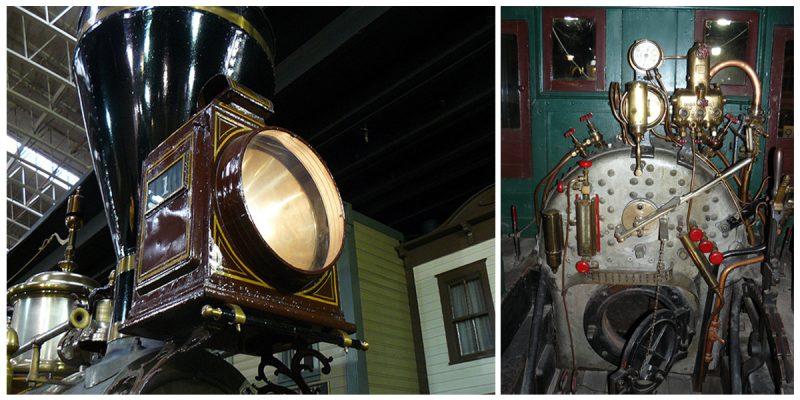William Crooks, named after the Colonel of the Minnesota Volunteers’ Sixth Regiment during the American Civil War (and later Chief Mechanical Engineer for the St. Paul and Pacific Railroad), is a 4-4-0 steam locomotive that was the first locomotive to operate in the U.S. state of Minnesota. The locomotive was constructed in 1861 by Smith and Jackson of the New Jersey Locomotive and Machine Company of Paterson, NJ.
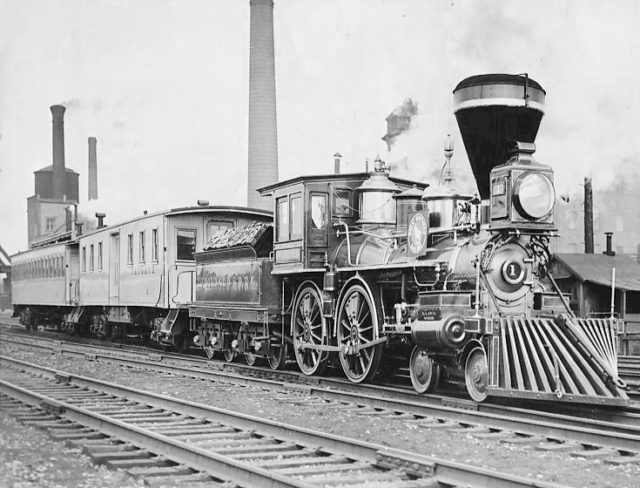
On September 9, 1861, the William Crooks arrived in St. Paul by steamboat and on June 28, 1862, the locomotive hauled the historic first trainload of passengers in Minnesota a distance of 10 miles between St. Paul and St. Anthony (now Minneapolis). Regular service between St. Paul and St. Anthony began on July 2, 1862.
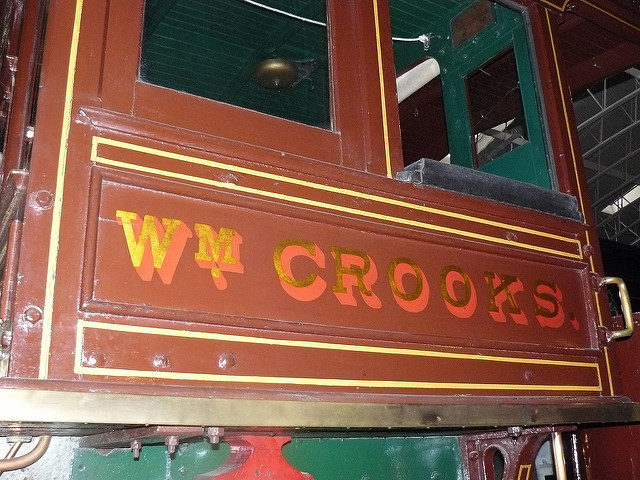
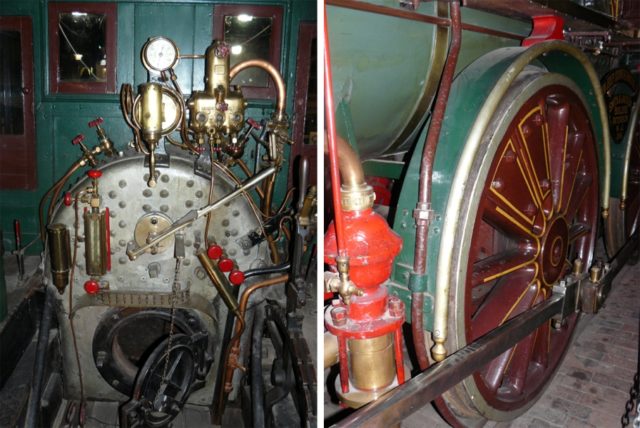
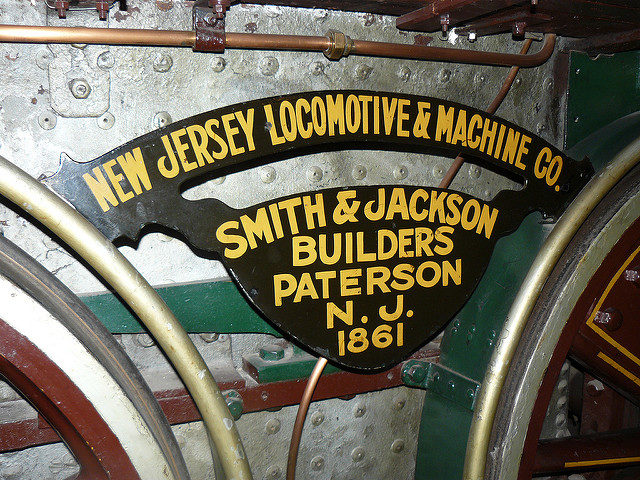
The locomotive was originally a wood-burner with a tender that held just two cords of wood. Often, the tender’s wood was used before the train could reach a wood pile, forcing the crew to make use of the wooden right-of-way fences to keep the train moving. Later the locomotive was converted into a coal-burner.
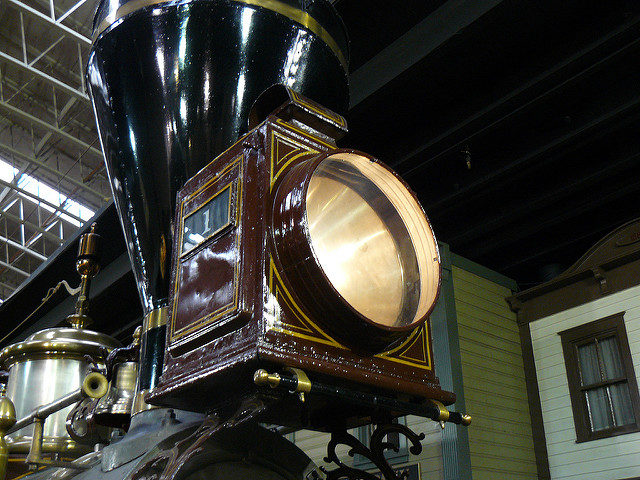
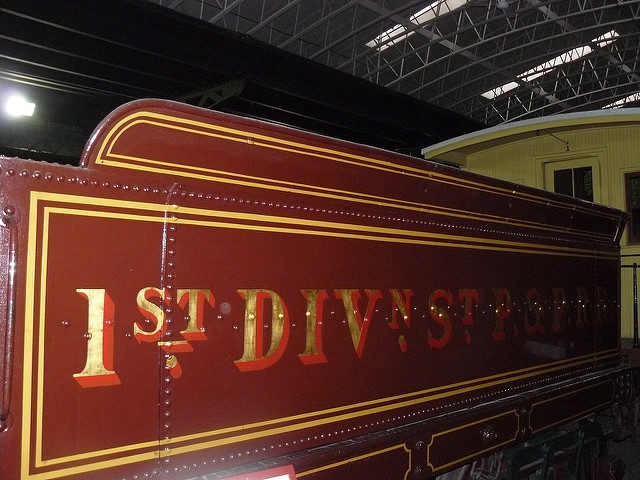
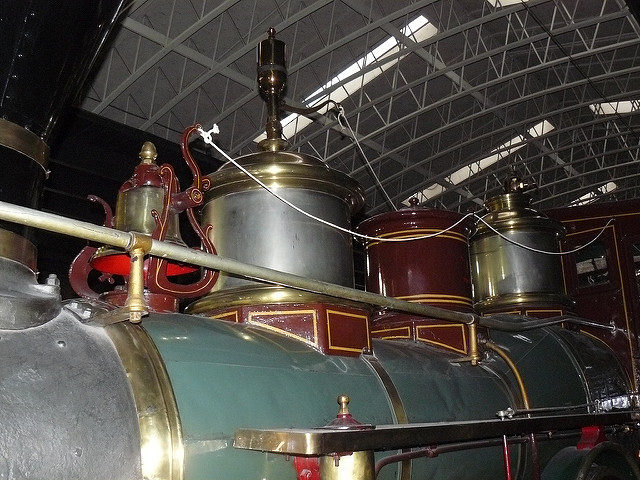
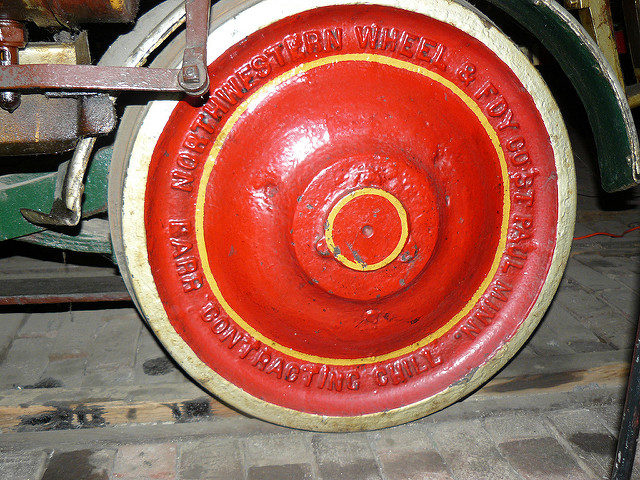
As built, the engine had a straight boiler, the balloon stack typical of wood burning engines, and three domes, the center of which was for sanding the rails to improve traction when needed. It weighs 28 tons (51 tons with tender) and is 50 feet, 8 ¼ inches in length. As the engine aged and parts replaced, its appearance changed. The engine received a diamond stack for burning coal, its boiler replaced with a tapered design and was reduced to a two dome configuration.
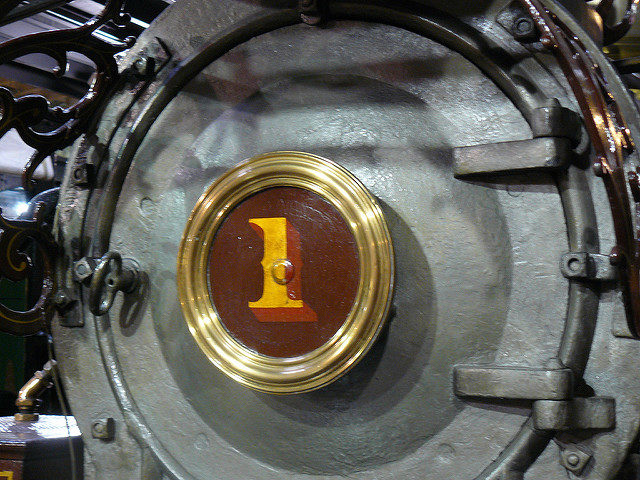
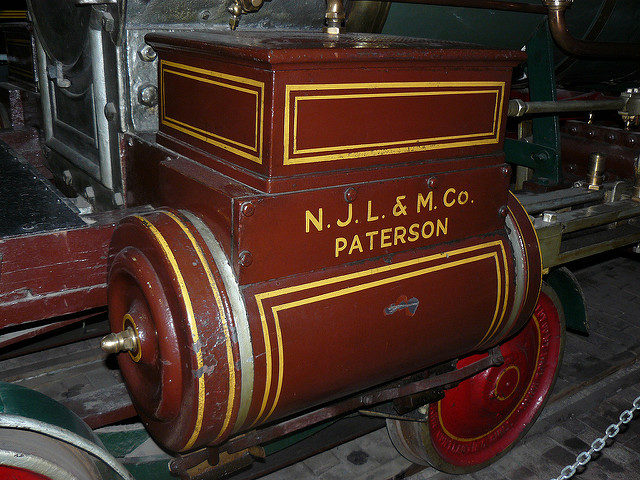
The old locomotive had served almost 50 years and had eventually been assigned to runs in Montana and Washington. The William Crooks was in passenger service until September 30, 1897, after which it was retired and by the turn of the century, was sitting decommissioned in a corner of the Great Northern yard in St. Paul.
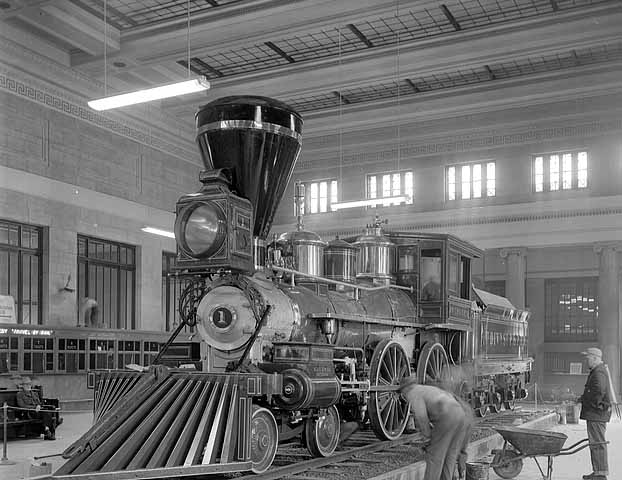
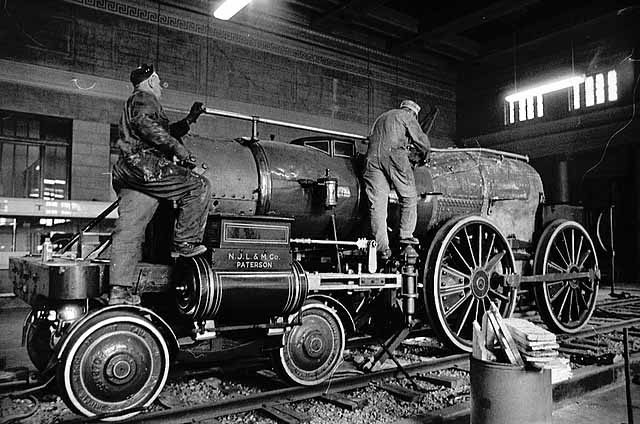
It was placed on display at the Saint Paul Union Depot in June 1954. Today, the locomotive is owned by the Minnesota Historical Society and on display at the Lake Superior Railroad Museum in Duluth, Minnesota.
